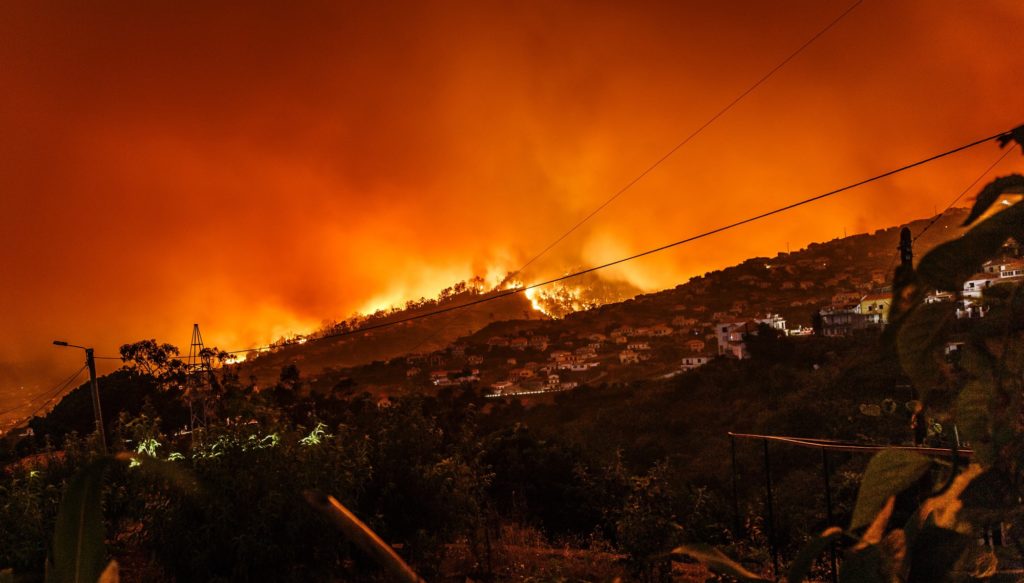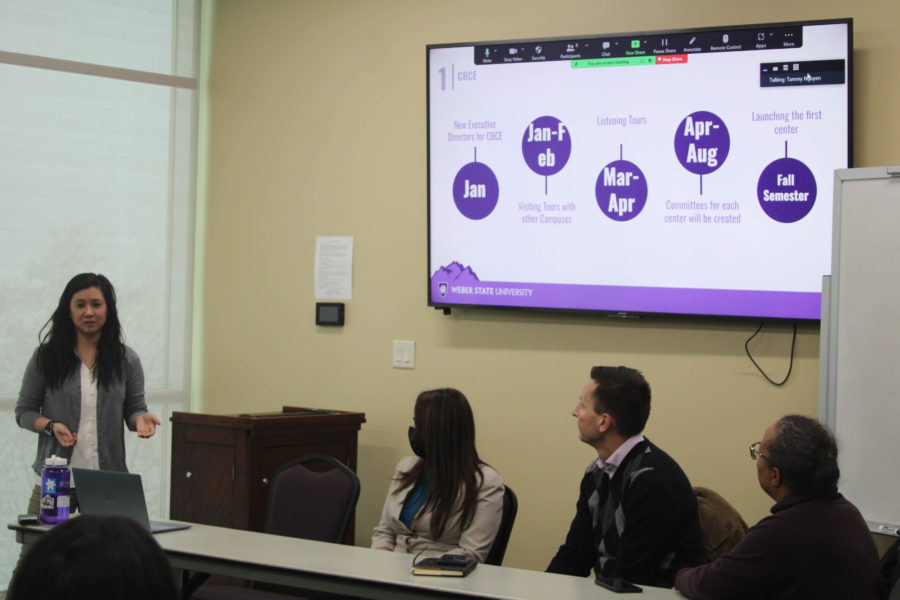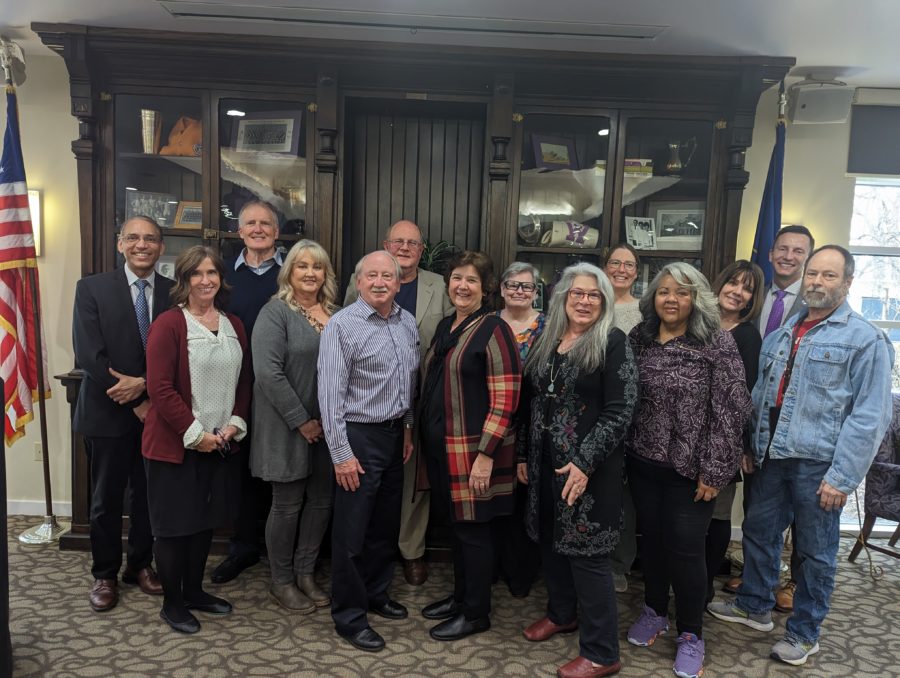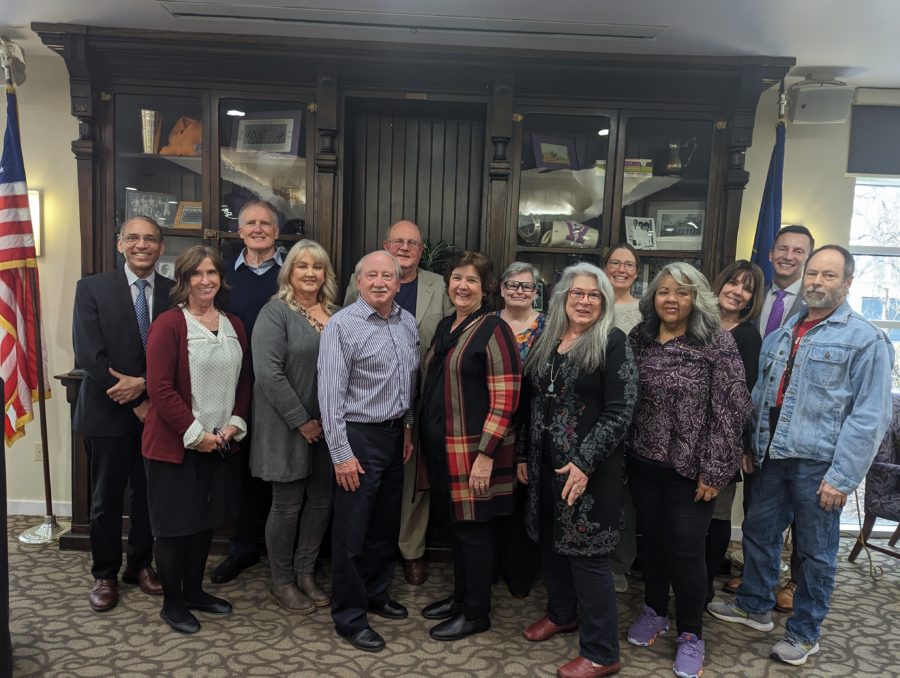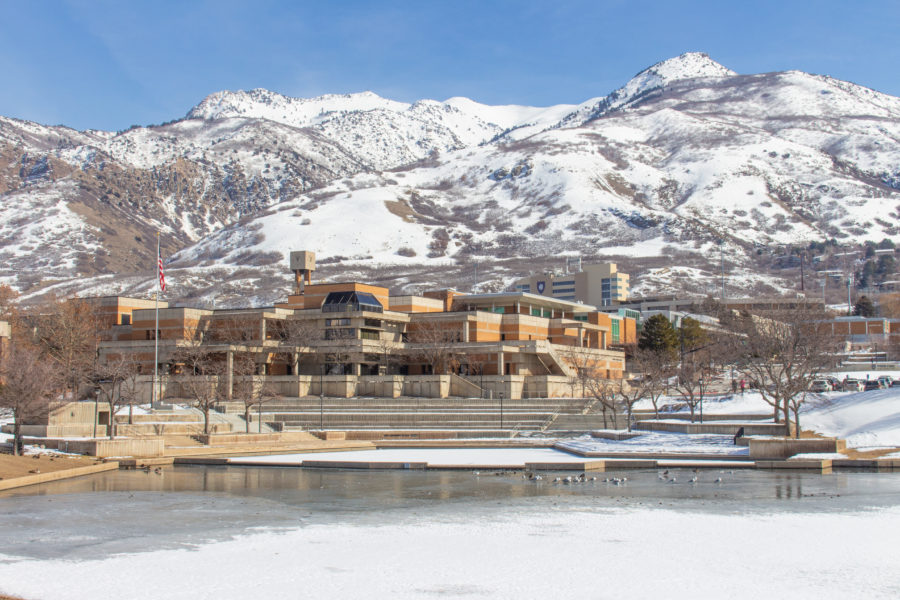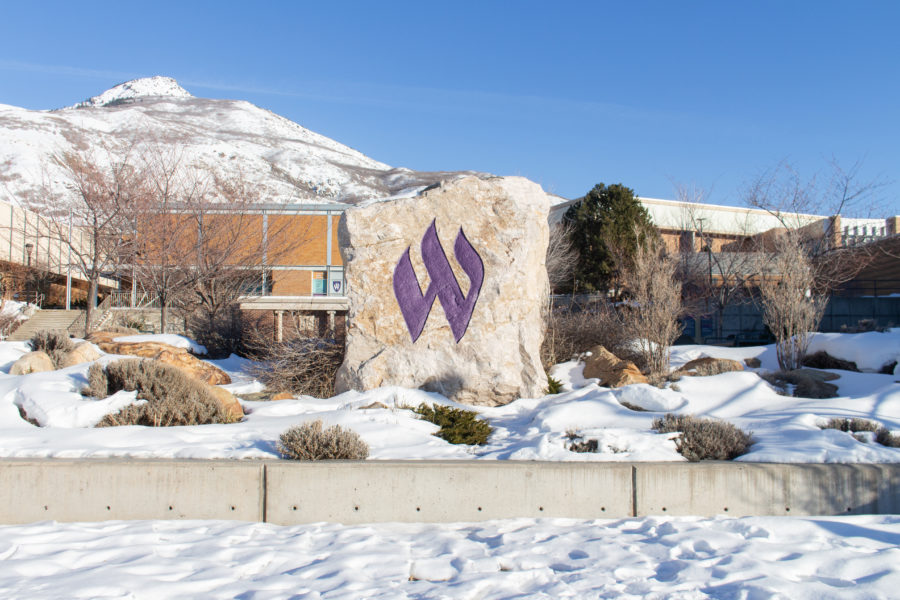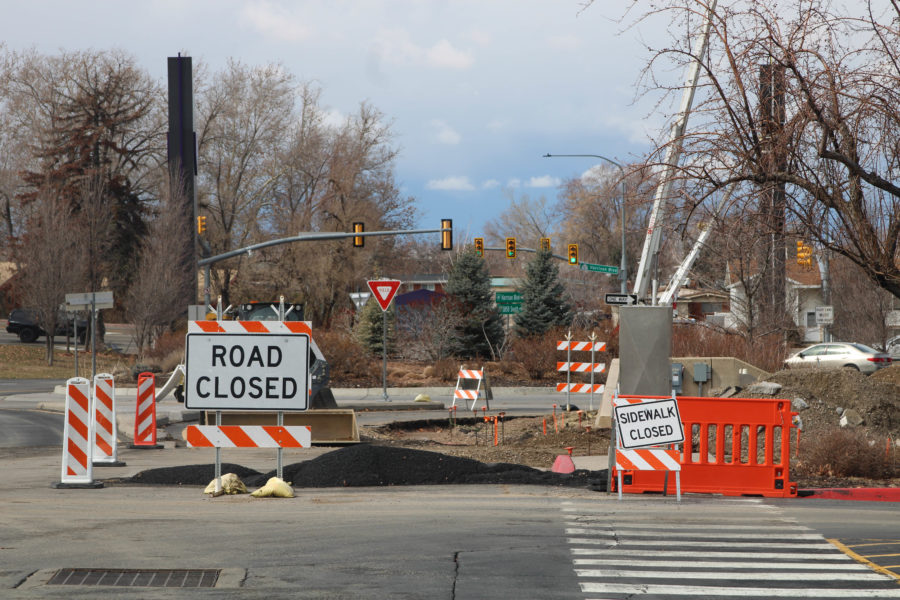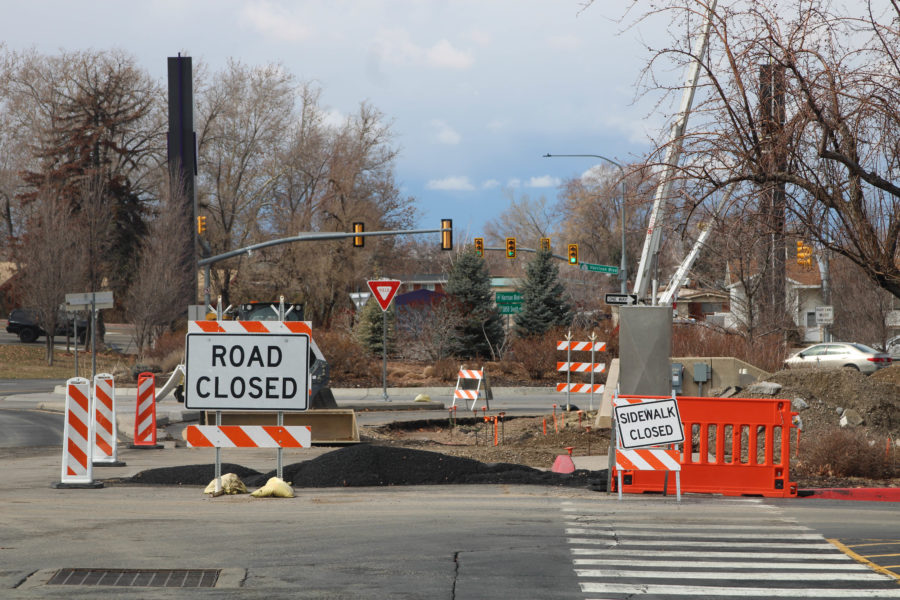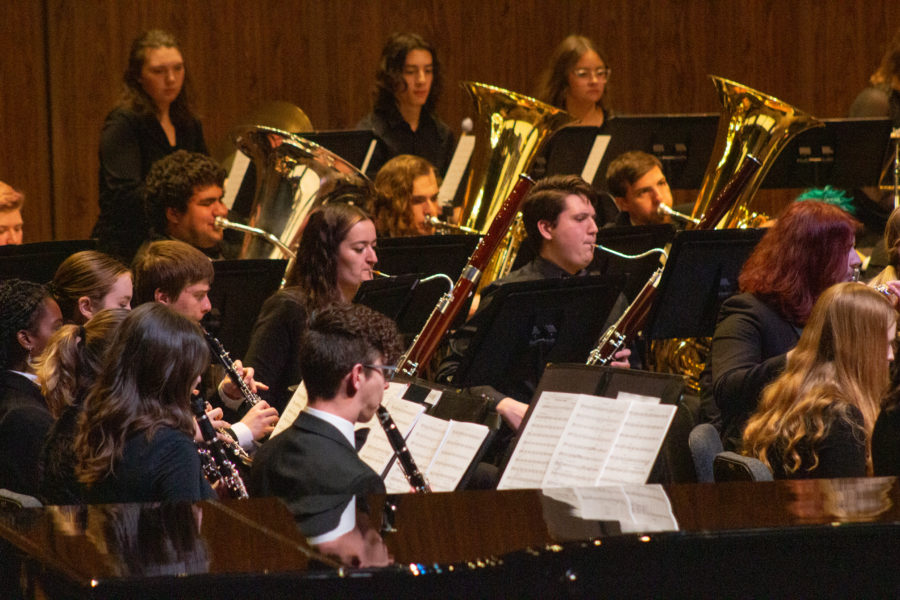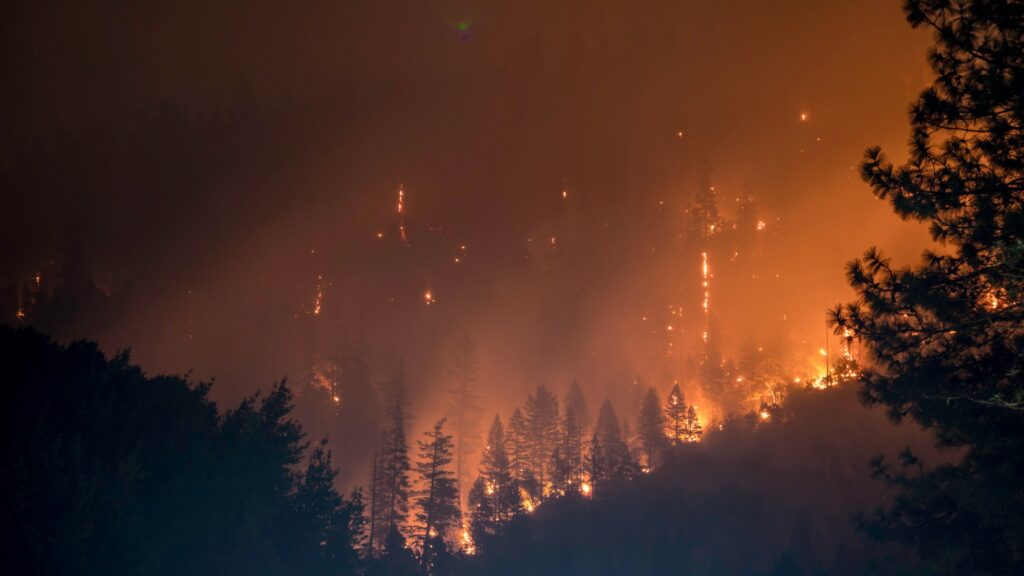
Weber State University students and faculty gathered on Feb. 6 in Tracy Hall to learn about the physics and impact of wildfires with guest speaker John Horel.
As a professor and chair of the department of atmospheric sciences at the University of Utah, Horel’s lecture centered around the damage western states endure when wildfires sweep through.
In addition to calling attention to the lives and billions of dollars in the U.S. that have recently been lost due to the spread of wildfires, Horel sought to provide a solution to the phenomenon.
Students learned of current research using atmosphere-fire computer models and big data analytics to improve monitoring, as well as simulate and forecast weather conditions associated with wildfires.
“It’s important to be aware of how science and research is necessary to handle a lot of these issues that we had,” Horel said.
According to his research statement, Horel’s current activities include further development of MesoWest and ROMAN, which provided access to surface weather observations for operational, research and educational applications.
MesoWest is an ongoing, cooperative project that provides access to current and archived weather observations across the U.S. Their objective is to access, archive and disseminate public environmental data at over 60,000 locations to assist decision-making needs for government, public and private stakeholders.
According to National Geographic, on average, more than 100,000 wildfires clear four million to five million acres of land in the U.S. every year. Recently, however, that number has gone up to approximately 9 million acres.
Wildfires occur both naturally or through human intervention. Natural wildfires stem from lightning or spontaneous combustion of dry fuel in the air, such as sawdust or leaves. A wildfire can move at speeds up to 14 miles per hour.
“As long as no one is standing in its way, a wildfire is a natural event. But if people are in front of it, it becomes the stuff of tragedy,” author of Fire and Ashes: On the Front Lines of American Wildfire John Maclean said.
Although the lecture focused mainly on the science and risk of wildfires, Horel also mentioned heavy amounts of smoke, which often travel state to state, particularly in California and Utah.
“It just depends on the direction that the wind is blowing it,” Horel said. “We can see it in satellite images and weather prediction models that simulate where the smoke is going to get transported so that we have the tools to know.”
Horel also spoke on the societal impacts of wildfires and how they will continually increase as the western U.S. becomes warmer and drier.
“Awareness is really important since some of the issues that the fires that he referred to in California are relevant here to our community in Utah,” WSU Assistant Professor in the physics department Kristin Rabosky said.
